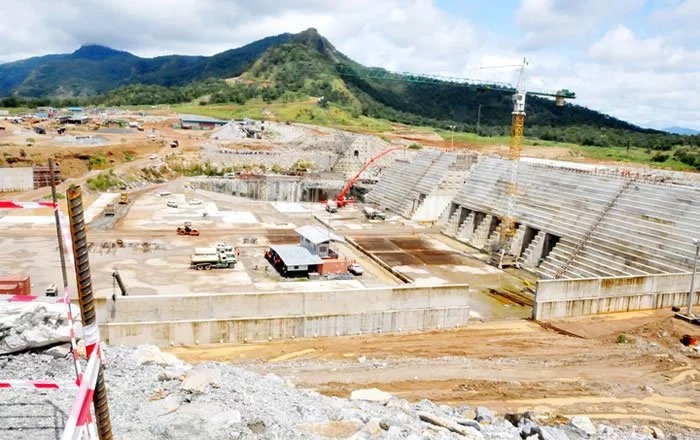Project Overview
The Mambilla Hydroelectric Power Project is a major infrastructure endeavor in Nigeria, aiming to generate 3,050 megawatts (MW) of electricity. It is situated on the Dongo River near the Mambilla Plateau in Taraba State, Nigeria. When completed, it will be the largest power-generating installation in Nigeria and one of the largest in Africa (Wikipedia) (NS Energy).
Historical Background and Development
Conceived in 1972, the Mambilla project has experienced numerous delays due to administrative, environmental, and legal challenges. The initial feasibility study was completed in 2007, but it wasn’t until 2017 that a construction contract was signed with a consortium of Chinese companies, including China Gezhouba Group, Sinohydro, and CGCOC Group (NS Energy).
Legal and Financial Challenges
The project has been mired in legal disputes, particularly involving Sunrise Power and Transmission Company Limited, which has taken the Nigerian government to international arbitration over contractual breaches. This litigation has significantly delayed progress. The Nigerian government’s inability to make financial commitments and disputes over contract terms have further complicated the project’s advancement (Daily Trust) (Vanguardngr).
Project Specifications
- Dams and Infrastructure: The project involves the construction of four dams—Nya, Sumsum, Nghu, and Api Weir—and two underground powerhouses. These will house 12 Pelton turbine units, expected to generate approximately 5,400 GWh of electricity annually (NS Energy).
- Construction and Operation: Construction is anticipated to commence in 2024, with an expected operational date around 2030. The project will create up to 50,000 jobs during the construction phase (Wikipedia) (Power Technology).
Funding
The estimated cost of the Mambilla Hydropower Project is $5.8 billion. The Exim Bank of China has agreed to fund 85% of the project cost, with the Nigerian government contributing the remaining 15% (NS Energy).
Transmission
Electricity generated will be transmitted via four 500kV DC transmission lines to Makurdi and one 330kV DC transmission line to Jalingo, covering a combined length of about 700 kilometers (NS Energy).
Current Status and Future Prospects
Despite the project’s potential, it faces ongoing challenges, including the need to resolve legal disputes and secure financial commitments. The Nigerian government and the involved stakeholders continue to negotiate terms and seek solutions to expedite the project’s progress (Vanguardngr).

